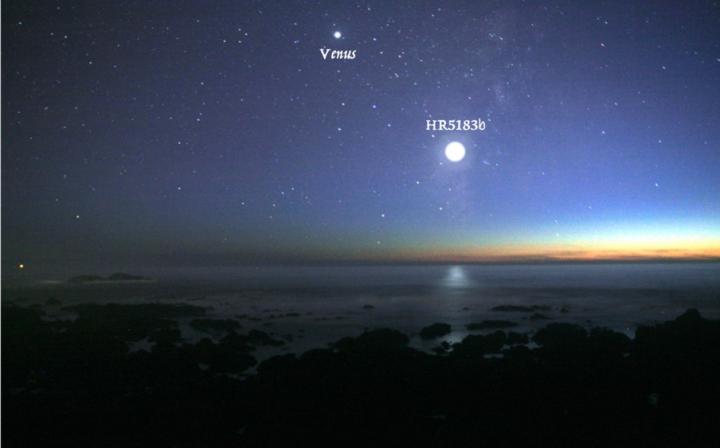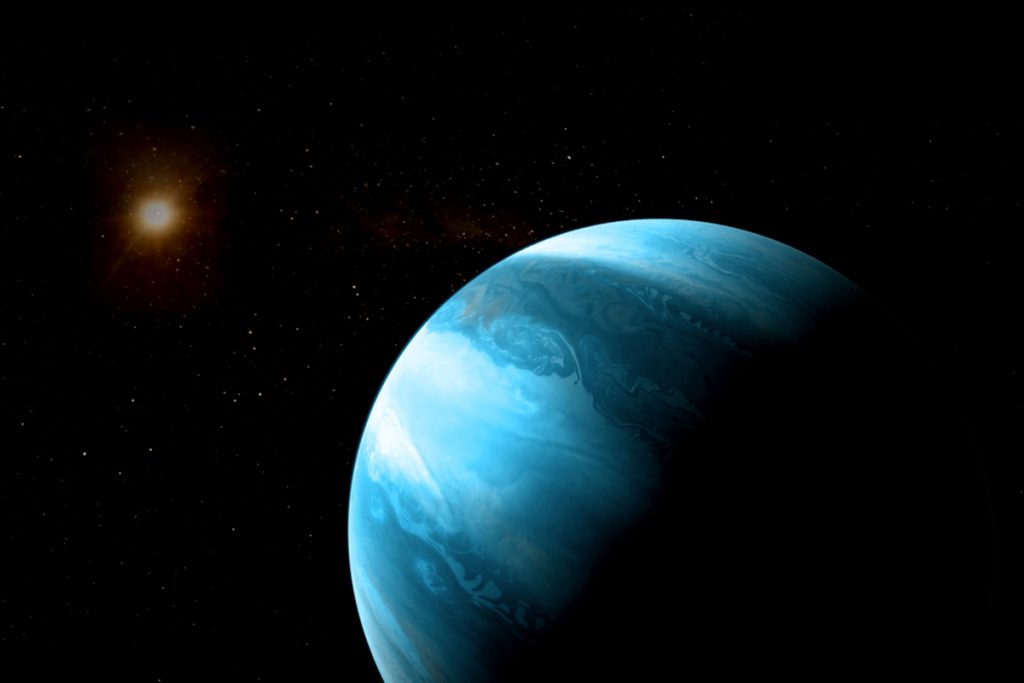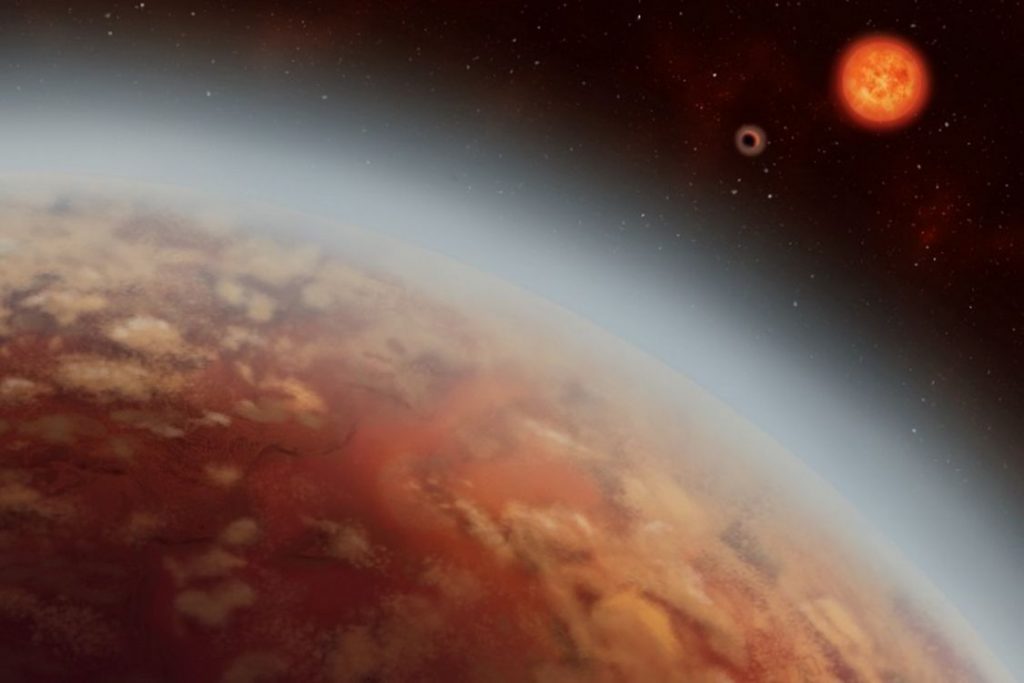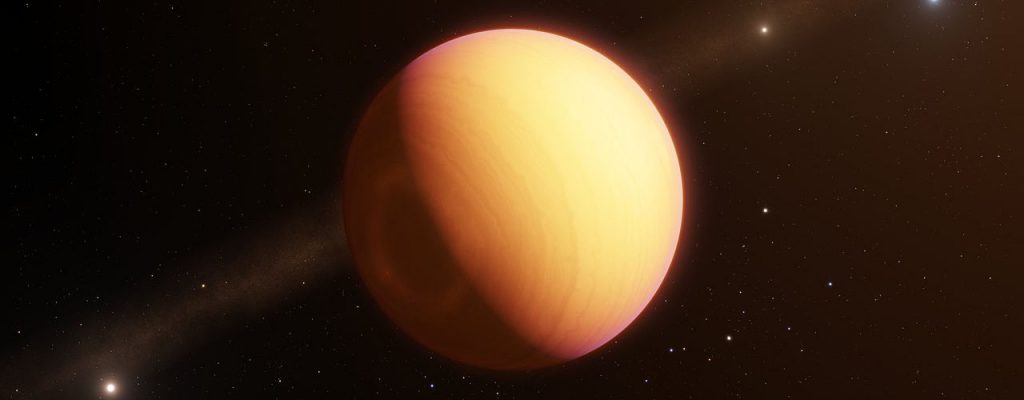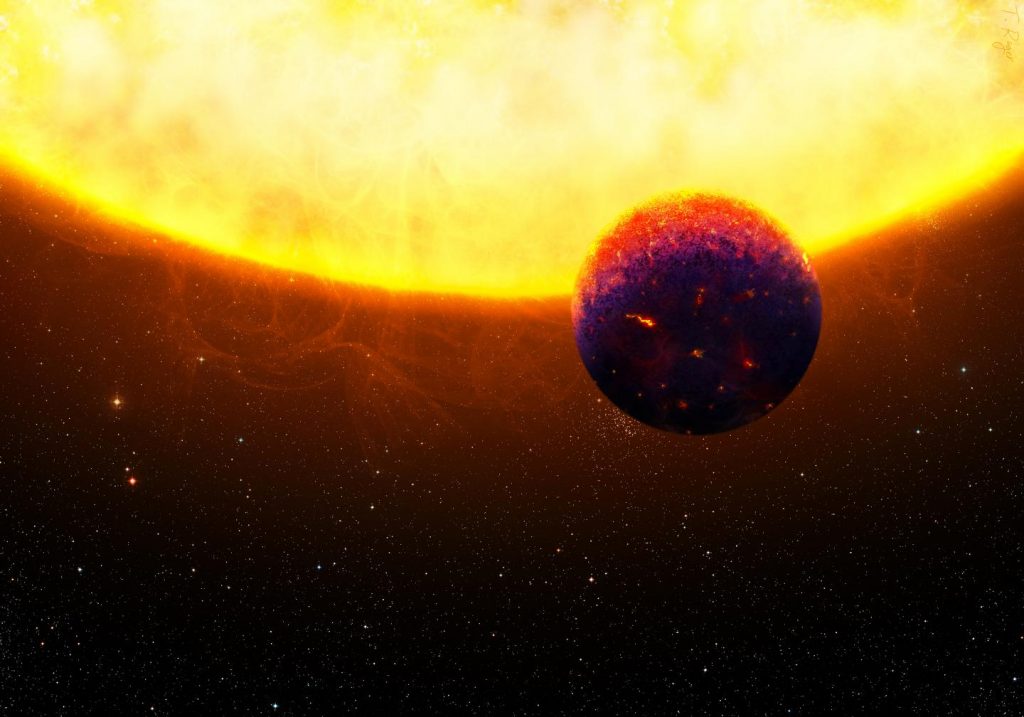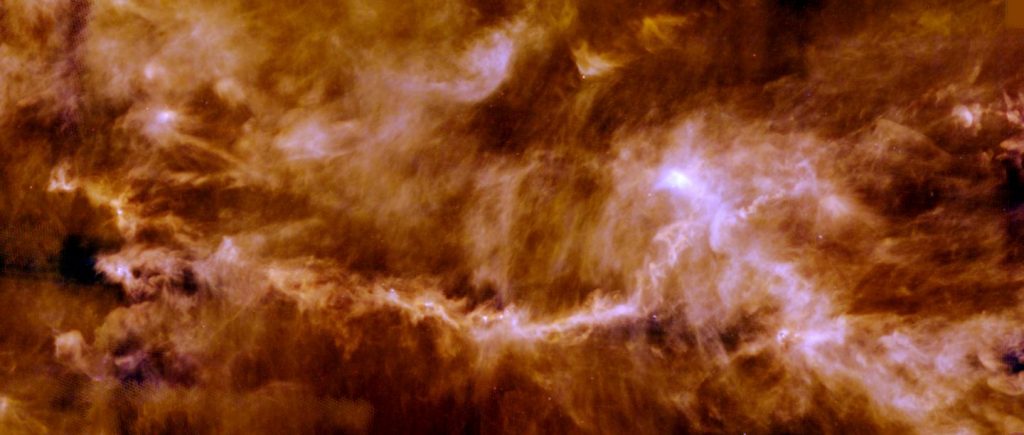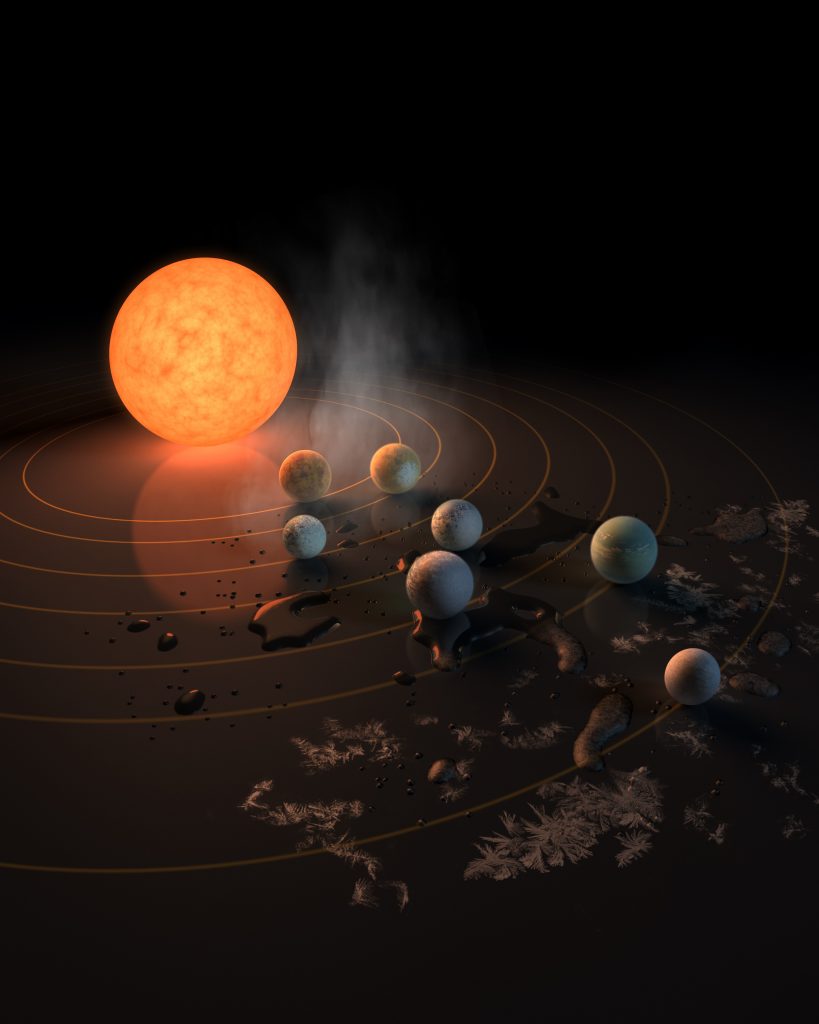Could an Earth-like planet also survive in an eccentric solar system?
HR5183 is a yellow dwarf star, not very different from our own Sun and located about 103 light-years from Earth. After more than 20 years of observation, astronomers finally found a planet, of about three times Jupiter’s mass, orbiting the star this past summer. Why did it take so long? The planet, HR5183 b, needs 75 years to complete one orbit around its star. Therefore, the period at which it affects the light curve of its star is also correspondingly long. But what surprised the astronomers even more was the planet’s unusual orbit. HR5183 b comes about as close…
